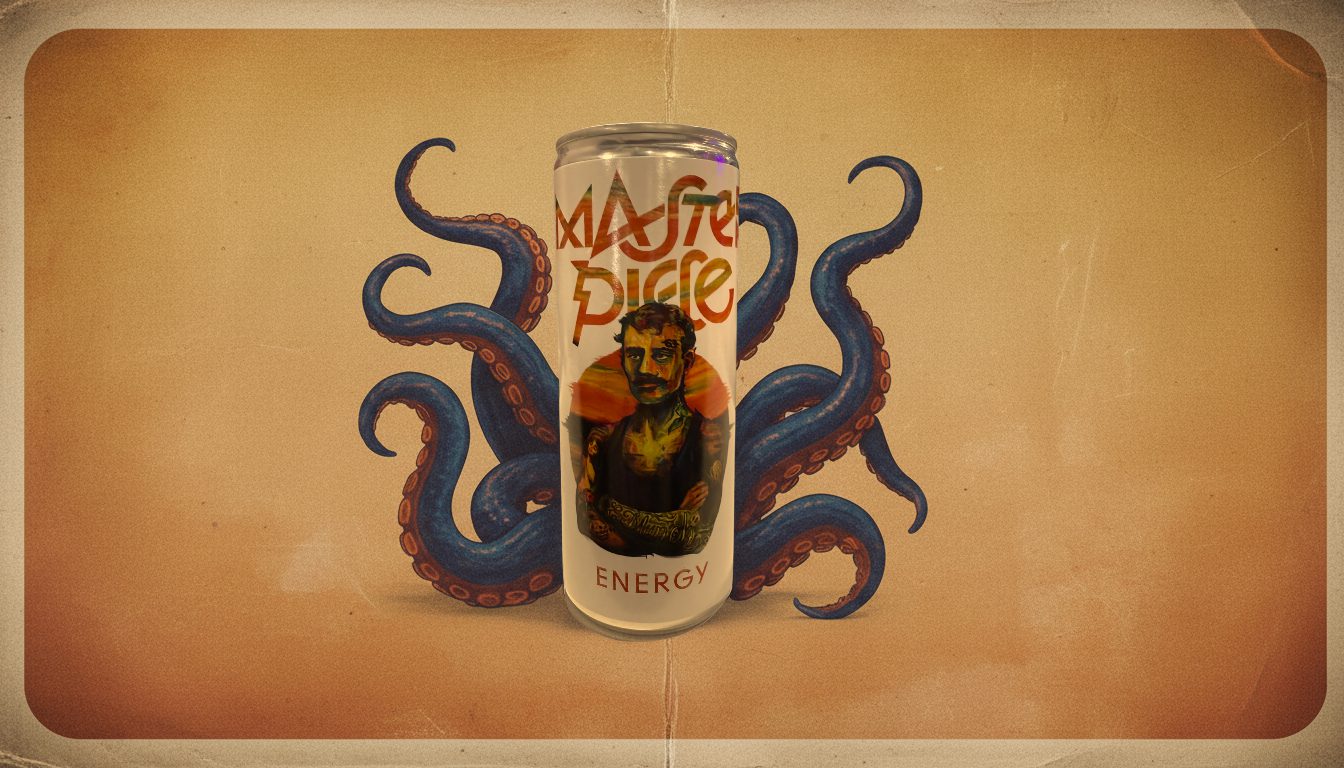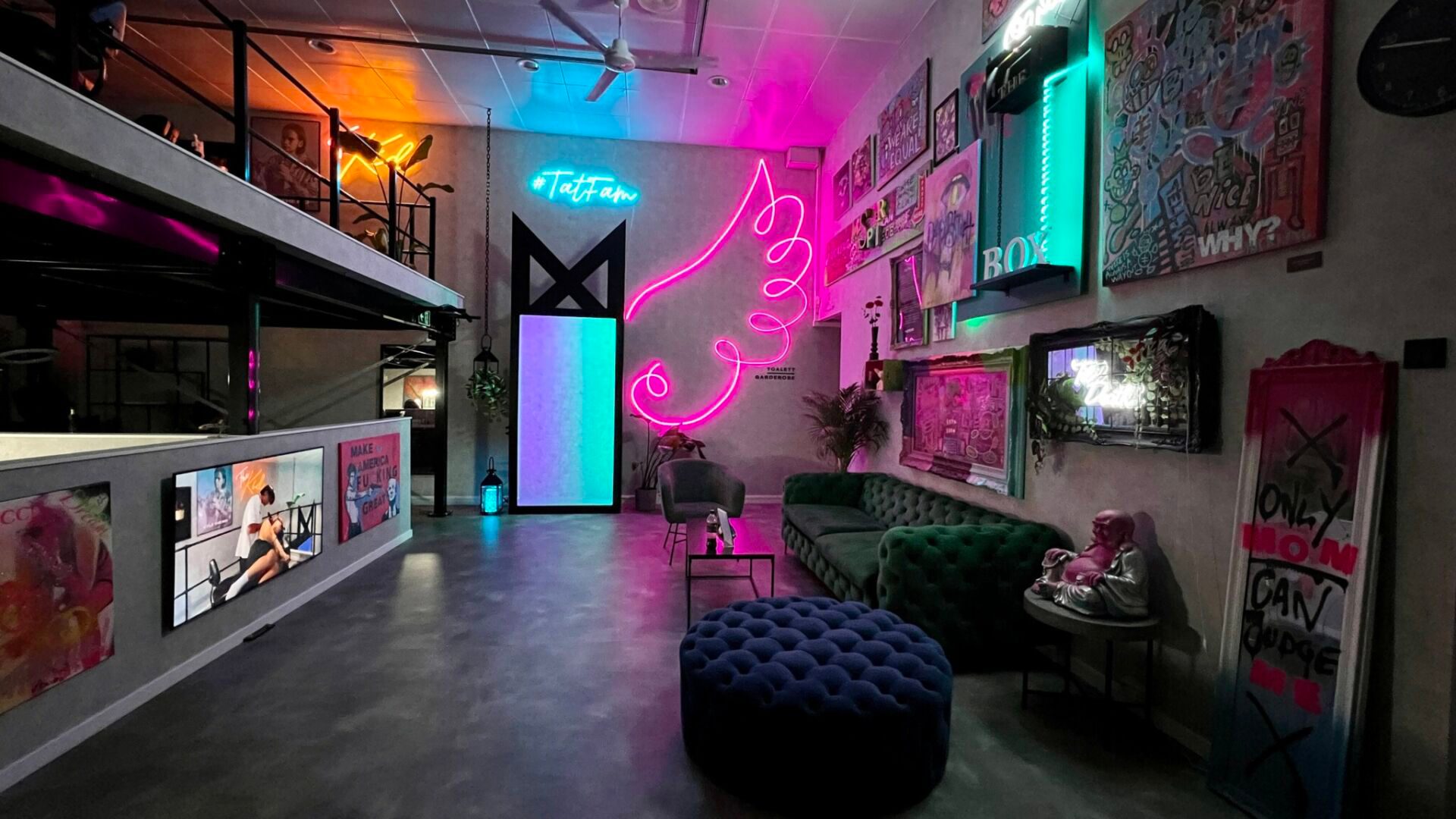Anime Tattoos: From Screen to Skin
Anime Tattoos: From Screen to Skin
Anime has long since leapt off the screen and into the hearts of millions around the world. At the same time, tattoos have transformed from a marginal subculture into a recognized art form. When these two expressions meet, something truly unique emerges: anime tattoos – a creative way to carry nostalgia, personal heroes, and visual masterpieces with you forever.
Anime and manga
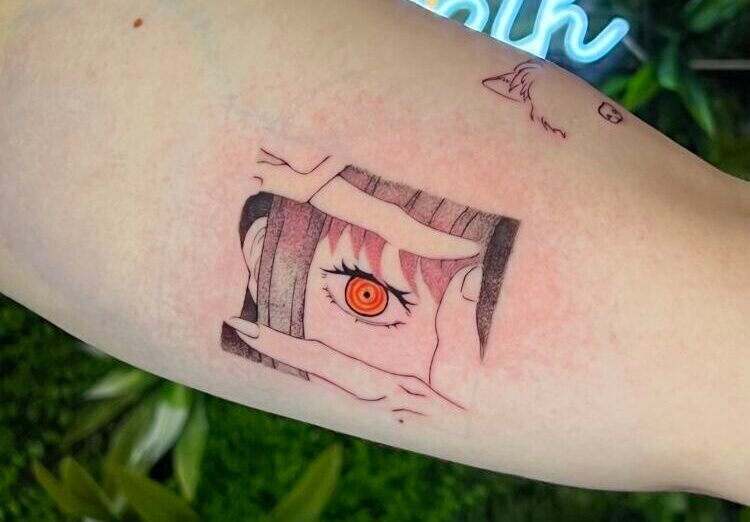
Makima-Artist: @nickslines
Anime – the Japanese word for animation – and manga, Japanese comic books, have long been cornerstones of Japan’s popular culture. In the West, many were first introduced to the phenomenon through children’s TV in the 1990s and 2000s. Series like Pokémon, Dragon Ball Z, Beyblade, and Hamtaro remain strong in the memories of an entire generation. Studio Ghibli’s films have also had an enormous impact and are now regarded as modern classics.
Despite this exposure, anime long remained a niche interest outside of Japan. Only with the rise of the internet, fansubbing, and later streaming services like Netflix did the genre truly become accessible. Today, anime is a natural part of global popular culture, and its influence is felt far beyond the screen – including in the tattoo world.
The History of Tattoos
Here we find an interesting parallel. Much like anime, tattoos have also gone from being marginal to becoming mainstream. Just a few decades ago, tattoos were strongly associated with gangs, biker culture, and crime. Ink on the skin could mean fewer job opportunities, suspicious looks, and a label as an “outsider.” Similarly, anime fans in the West were long considered “nerdy” and outside the mainstream.
Today, the picture is completely different. Anime has become a global success, and tattoos are recognized as artistic expressions of identity and style. The old stereotypes are fading, and both anime lovers and the tattooed can proudly show who they are. This shared journey – from stigma to normality – has laid the foundation for a new phenomenon: anime tattoos.

Naruto-Artist: @Kennskogli_tattoo
Anime Tattoos
Anime tattoos are the result of both the growing popularity of anime and the more open attitude toward body art in society. The trend has grown so much that there are now tattoo artists worldwide who specialize exclusively in anime-inspired designs.
An anime tattoo can take many forms. Where tattoos once had to be justified with “serious” symbols, people can now choose designs simply because they are beautiful, nostalgic, or fun.
Some of the most popular styles include:
- Large, detailed color tattoos: Often featuring one or more characters, especially popular among shounen fans. Shounen is a genre aimed at boys and young men, characterized by action and humor. Series like Naruto, Dragon Ball Z, and Demon Slayer are common motifs.
- Fineline with botanical elements: Characters combined with flowers, leaves, and nature. The result is a softer, more feminine expression, often used for Studio Ghibli tattoos or series like Sailor Moon.
- Minimalist linework: A popular choice for those who want small and subtle tattoos. These are often simple symbols or objects – for example, one of the Devil Fruits from One Piece – drawn only in outline. Perfect for anyone who wants an anime tattoo without it being immediately obvious to others.
- Black-and-white manga panels: Many choose to tattoo direct excerpts from their favorite manga as a tribute to the original medium.
In the end, there are no limits to how much one can experiment. Anime motifs can be abstracted, merged with Western tattoo styles, or distorted to create unique, artistic expressions.
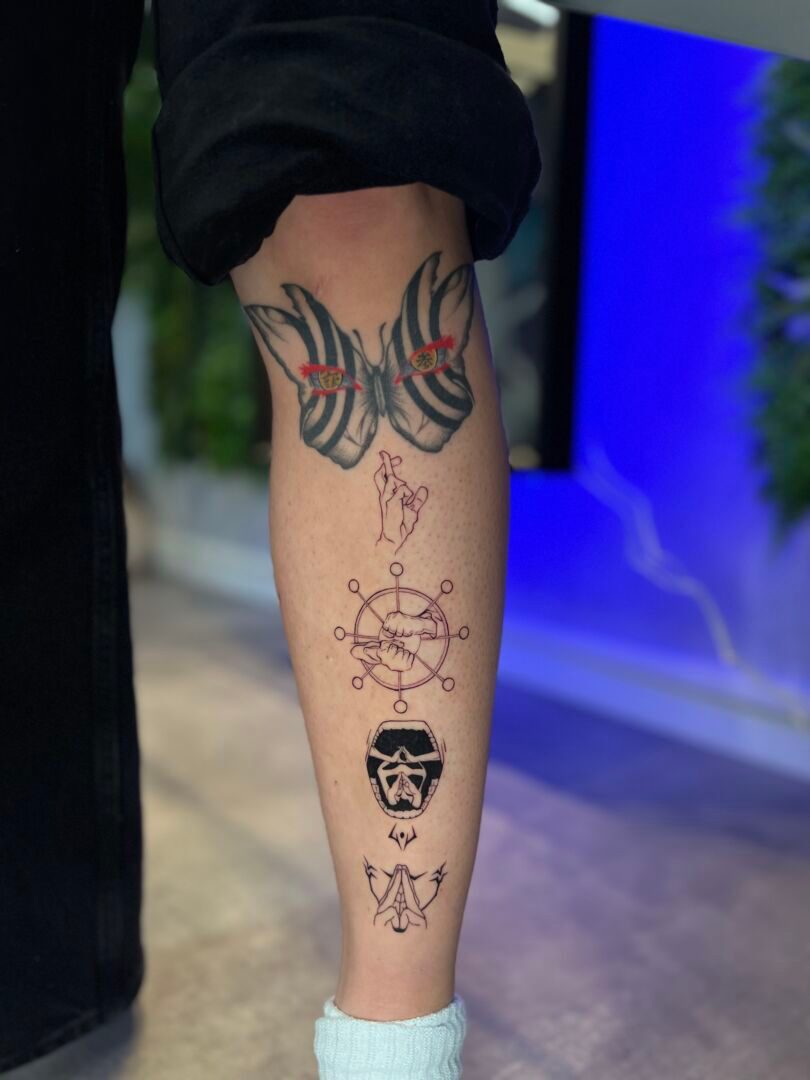
Jujutsu kaisen-Artist: @nickslines
Conclusion
Both anime and tattoos have gone from being stigmatized subcultures to being celebrated in the mainstream. When the two meet, a distinctive artistic landscape emerges, where global cultural heritage and personal stories blend together. Anime tattoos are therefore more than just ink on skin – they are living symbols of how outsider culture can transform into proud, modern expressions of identity.
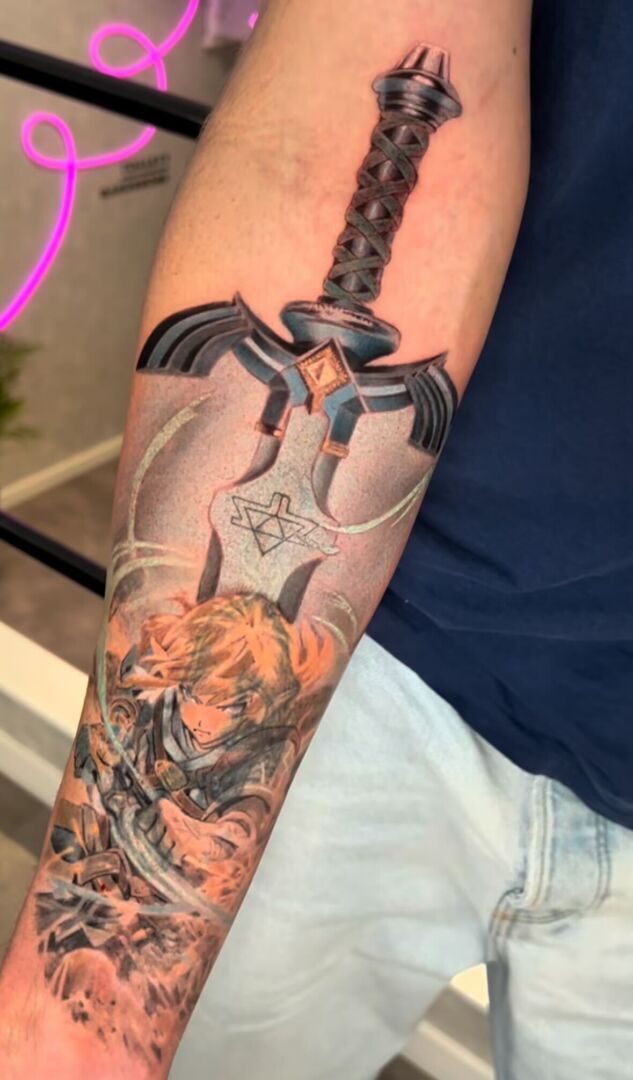
Link cover-up in progress- Artist: @eywhatattoo
